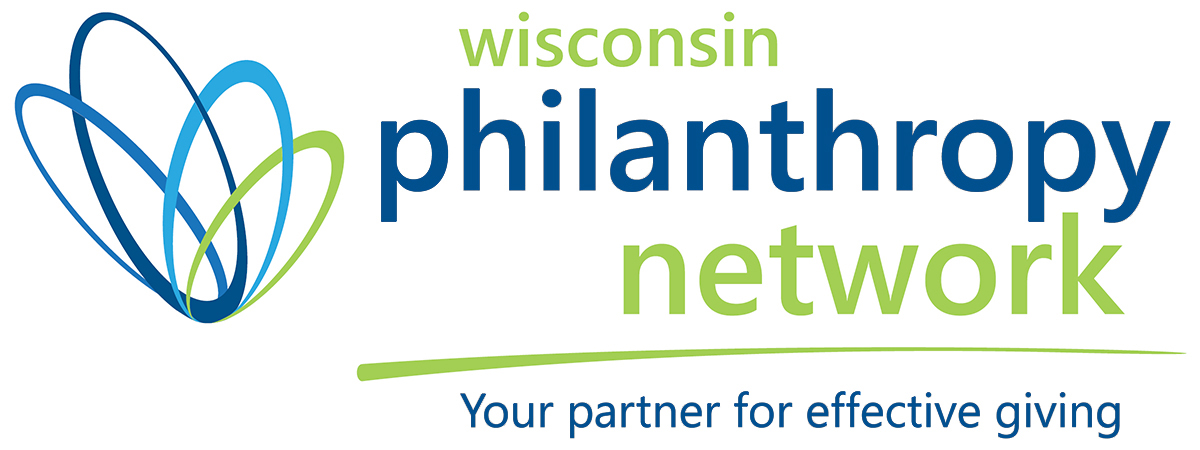In 2016, the Medical College of Wisconsin’s Central Wisconsin (MCW-CW) campus opened its doors with a mission to train community-focused physicians to meet the health care needs of central Wisconsin residents.
Today, just four years later, the school is doing just that, enrolling five classes of students and graduating two into residency programs within Wisconsin and across the U.S. Yet, like medical schools nationwide, MCW-CW faces a challenge: While the number of medical school applications continues to increase, diversity among applicants has not seen similar increases.
It’s a challenge across the field of academic medicine – but one that MCW-CW is stepping forward to address through a community-focused lens. With the support of a $398,561 AHW workforce development grant, MCW-CW will launch the MCW-CW Advocates in Medicine Pathway (AMP), a new program aimed at supporting local students with diverse backgrounds on the rigorous training path into and through medical school.
“We have students across the region who have the skills to succeed in medicine,” said Amy Prunuske, PhD, associate professor at MCW-CW who is leading the program development. “And Wausau’s population is about 12 percent Hmong, making it the largest minority group in central Wisconsin. But at this point our student population doesn’t reflect that."
It’s a “grow your own” model promoted by the Wisconsin Hospital Association, which suggests that the best strategy to increase the number of Wisconsin physicians is to reach students from the region and encourage enrollment into local medical school programs.
Studies have shown that students who go to a Wisconsin medical school and complete a Wisconsin residency are significantly more likely to stay in Wisconsin to practice medicine. The call for action has been embraced statewide, including at AHW where more than $4.39 million in education and workforce development funding has supported the development of the innovative MCW regional campus curriculums.
But for students who are traditionally underrepresented in medicine (URiM), including those with rural backgrounds, the path into medical school may not be clear.
Leaning on her experience developing programs to support the inclusion of underrepresented students in biomedical sciences and medicine at the University of Minnesota Medical School’s Duluth campus, Prunuske is working alongside MCW-CW colleagues and a community advisory board to rethink their approach.
“Having a program with clear pathways for students to help them make it through different transition points from their undergraduate education into medical school, and even from medical school to residency to staying in the local area may be valuable,” Prunuske said.
The program’s initial design will identify 10 URiM students at the University of Wisconsin-Stevens Point at Wausau, and provide support through advising and mentorship, training and educational experiences, and social connections that will translate into successful medical school applications.
“It’s really challenging to put a competitive medical school application together today,” said Prunuske, noting the expense required for testing and application fees along with the need for competitive education and work experiences, letters of recommendation, and a well-executed personal statement.
Often, students with “insider” knowledge from family, friends, or advisers connected to health care have more success in not only receiving advice, but in accessing training and work experiences that will translate into a competitive medical school application.
“The hope is that we can create a program that removes those barriers and that will make entrance to medical school an opportunity that anybody in the state of Wisconsin could pursue,” said Prunuske.
Once students apply – the goal will then be to make sure they have the support to succeed.
“We need to nurture and support students from these communities to make sure that the transition to medical school is one where they can thrive,” said Prunuske.
Today, Prunuske is focused on designing a program that will be a fit for both community and student needs. And while the behind-the-scenes work begins, the program’s initial announcement has already resulted in a stream of interest from partners and potential students alike.
“It has been awesome to have potential students, especially students from Hmong backgrounds, reaching out to say that this may be the program for them,” Prunuske said. “I see that MCW-Central Wisconsin is making a difference for our current students from rural backgrounds, and I hope we can get more students like them. That vision is what keeps me excited through all the work ahead.”
And the possibility of impacting the entire region is never far from her mind.
“The biggest hope is that this will support our goal of having more providers who are prepared to serve central and northern Wisconsin communities,” she added. “I think that this population we are looking to support has a high likelihood of helping to meet those needs.”




